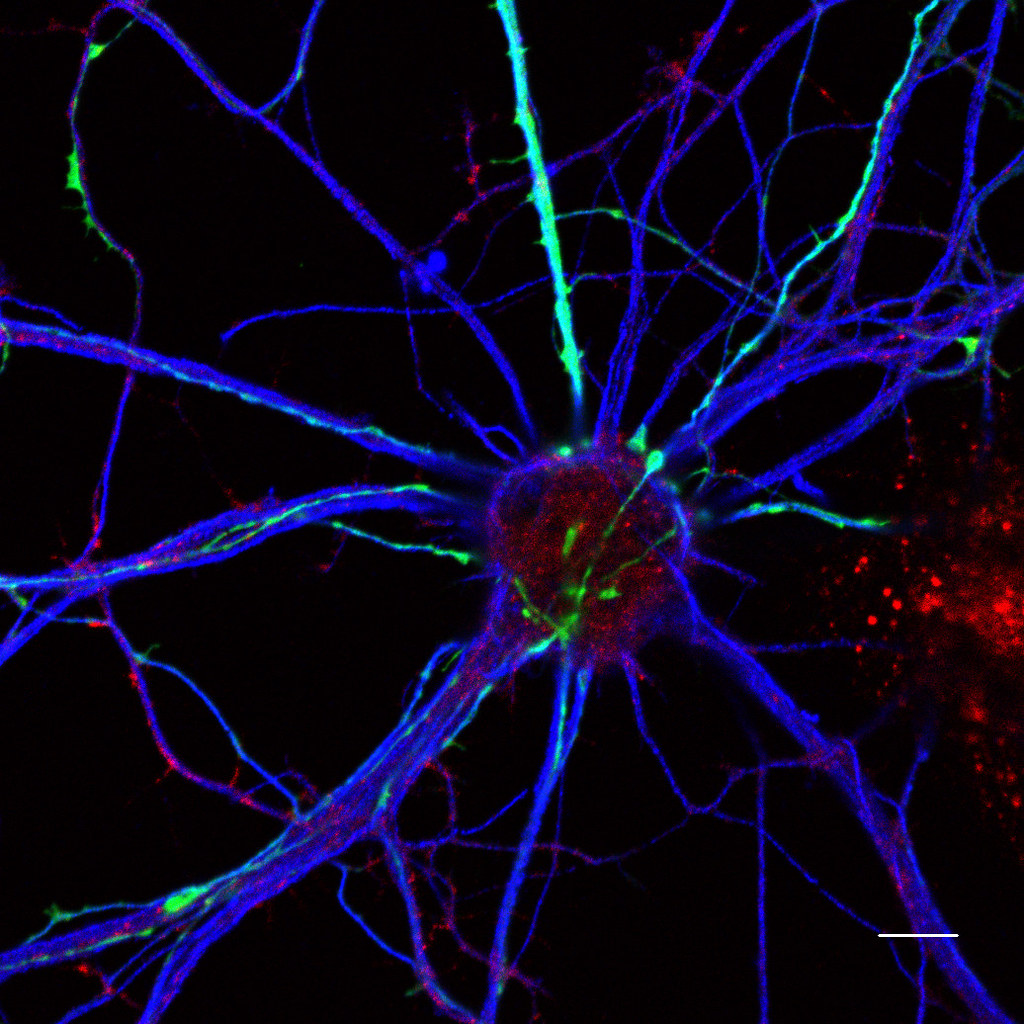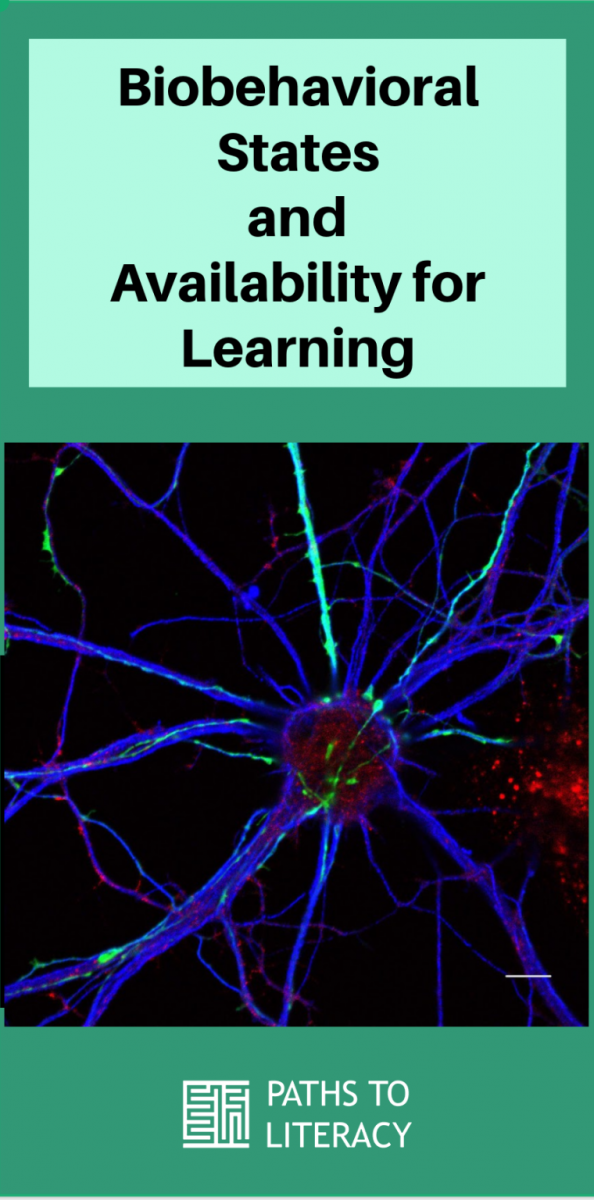Biobehavioral States and Availability for Learning

What is Availability for Learning?
Availability for learning refers to the time when an individual is paying attention, and is able to learn and respond. We all have different levels of availability for learning, which may vary according to the amount of sleep we've had, how we're feeling on a given day, and what the competing stimulus in the environment is. Many children with sensory impairments, significant multiple disabilities, and complex learning needs also have medical and health challenges, such as seizure disorders, sensory challenges, and central nervous system differences. These factors often make self-regulation particularly difficult.
What is a Biobehavioral State?
A Biobehavioral State is a state of arousal, which includes the biophysical level. It ranges from being asleep to being in a state of agitation. Both internal and external factors can influence the state of arousal, and the level of arousal can change very quickly.
Why Does This Matter?
A student must be in an alert state in order to learn. They must be awake, but not agitated, in order to attend and respond. Individuals with complex learning needs typically have difficulty communicating, which may make it difficult for others to know how they're feeling.
Why Do Some Students with Significant Multiple Disabilities Seem to Sleep So Much?
There are many reasons why a child may appear to be asleep. Certainly fatigue is very real, but there can be other factors, such as too much stimulation, which is difficult to process and can therefore be overwhelming. Seizure activity and physical pain may also cause a child to sleep or to be agitated.
Additional Resources

The image "Neurons, confocal fluorescence microscopy" by ZEISS Microscopy is licensed under CC BY-NC-ND 2.0.
